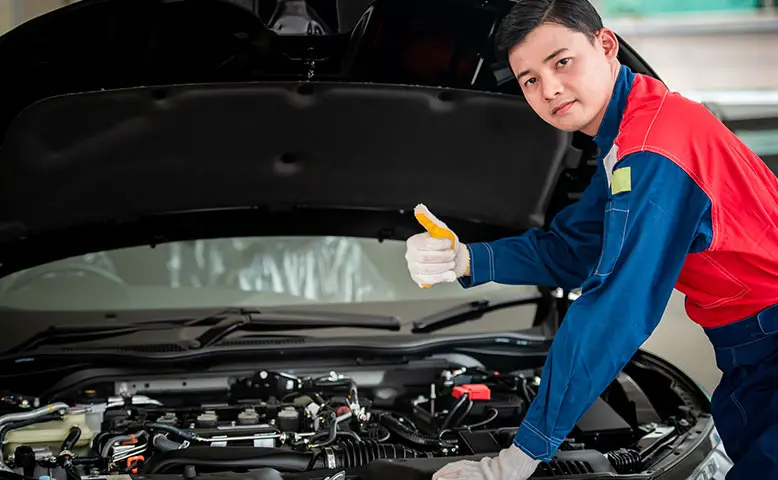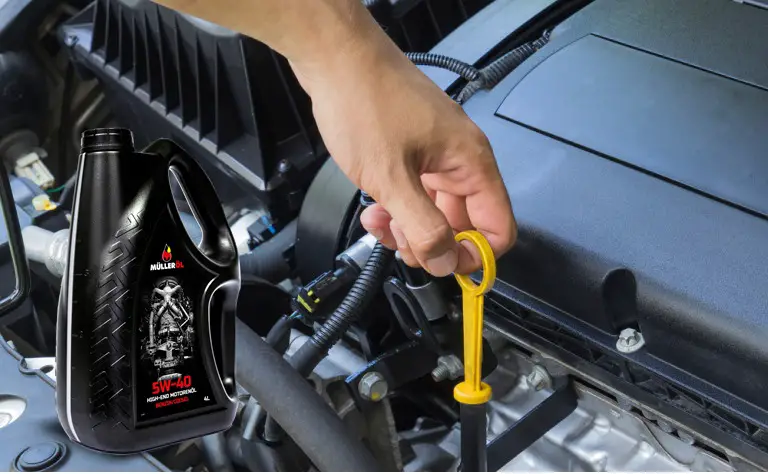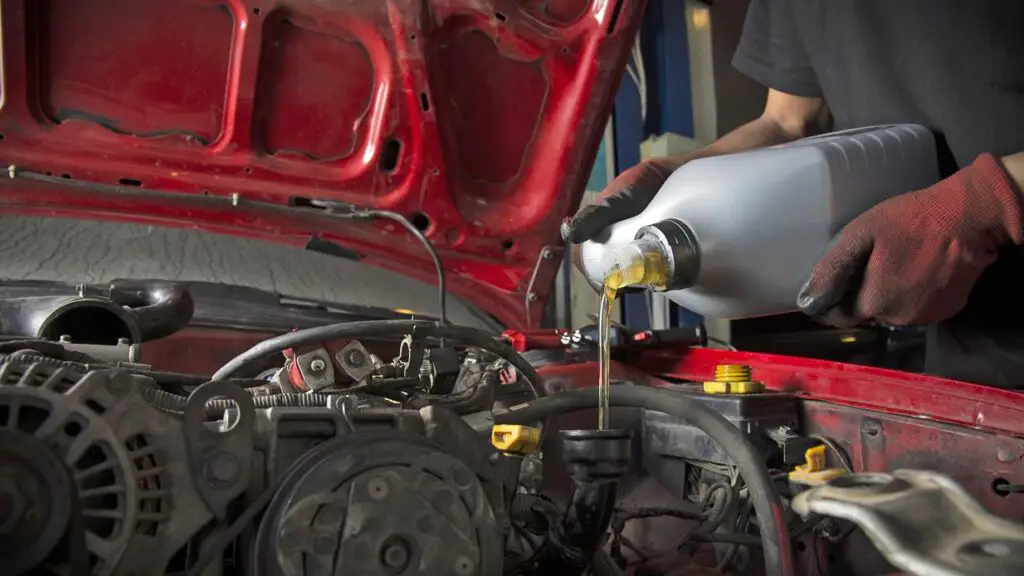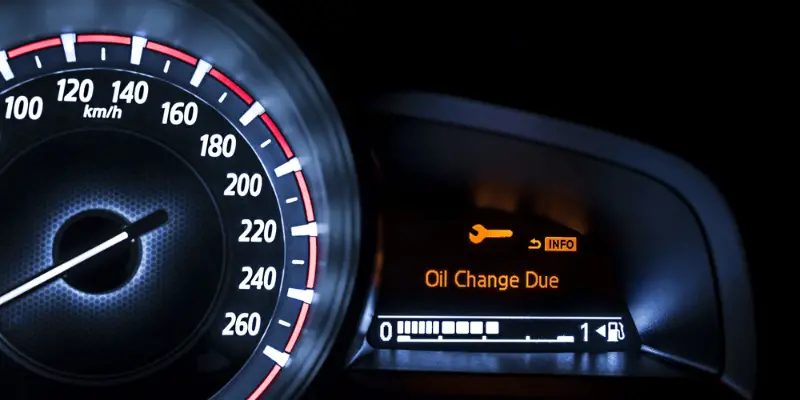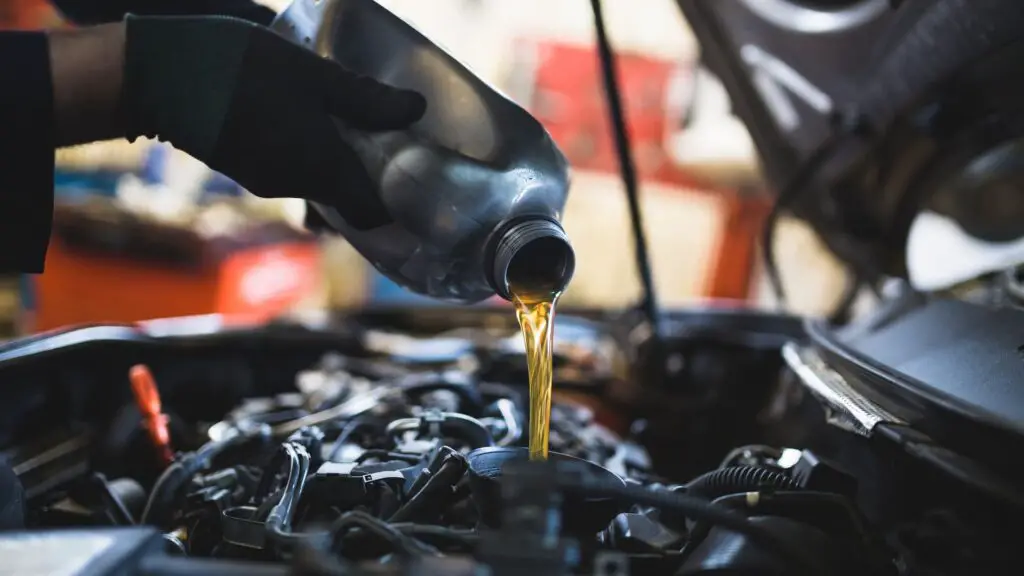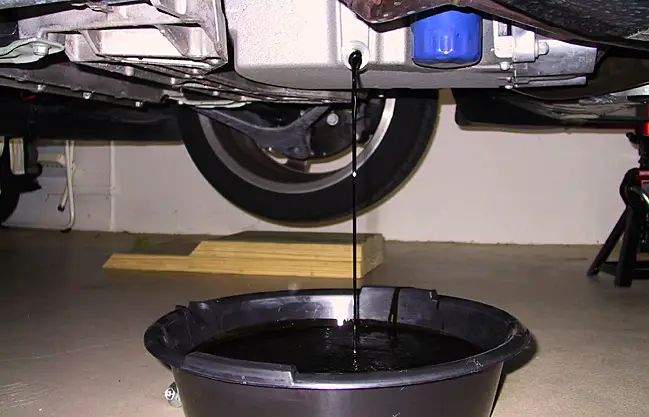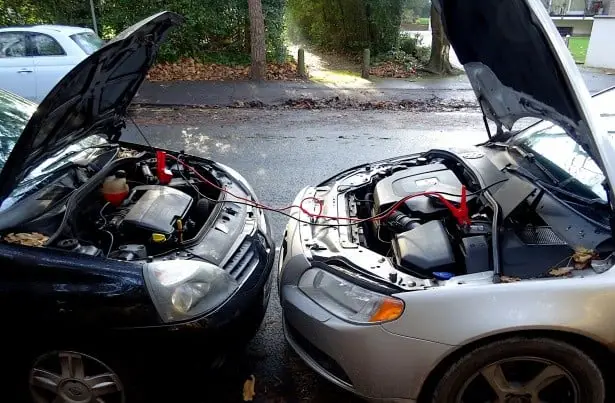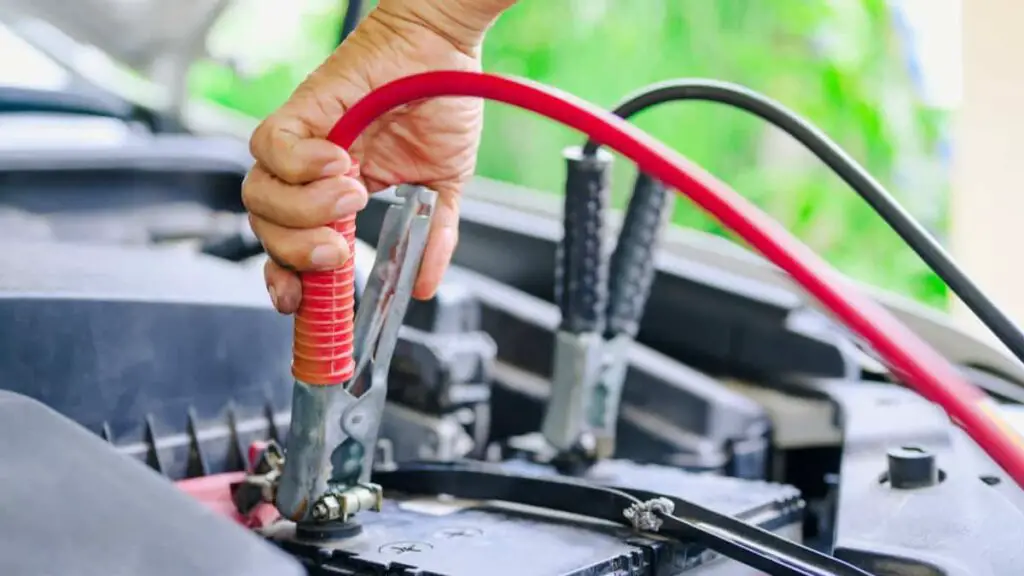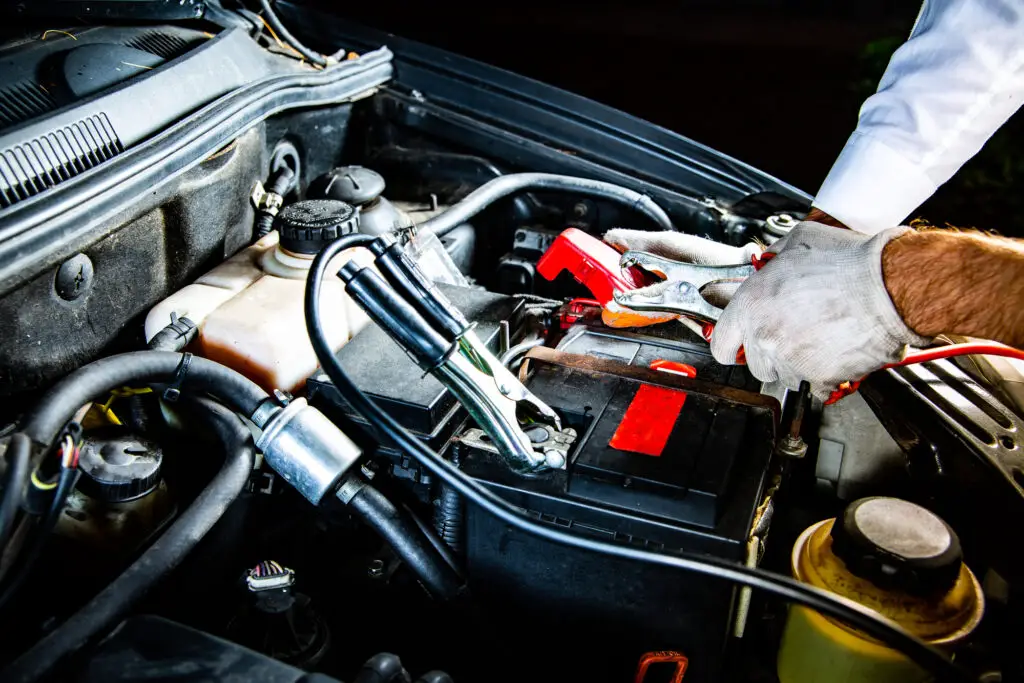Picture this: a sudden fender-bender, a perplexing insurance claim, or hearing a friend’s car accident saga. These moments are not just anecdotes; they highlight the importance of comprehending the intricacies of car insurance.
In this comprehensive guide, we delve into the world of car insurance, unraveling its complexities and empowering you with the knowledge to navigate it effectively. Beyond the jargon and policies lies a shield against unforeseen circumstances – an understanding of car insurance that not only saves money but also alleviates the stress that often accompanies unexpected vehicular mishaps. Join us as we unravel the mysteries of car insurance, ensuring you’re well-equipped to handle any road ahead.
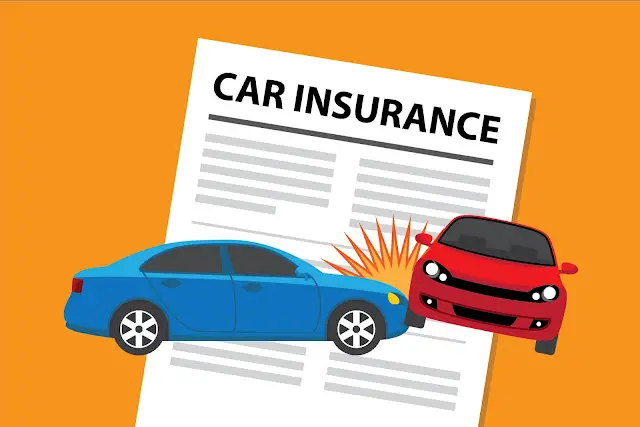
Understanding Car Insurance Basics
Understanding the fundamentals of car insurance is essential:
Explaining Coverage Types
- Liability: Covers damage you cause to others.
- Collision: Handles damage to your car in an accident.
- Comprehensive: Protects against non-collision events (theft, natural disasters).
- Uninsured/Underinsured Motorist: Steps in if the other driver is at fault but lacks insurance.
- Personal Injury Protection: Covers medical expenses regardless of fault.
Policy Components
- Deductibles: Out-of-pocket expenses before insurance kicks in.
- Premiums: Regular payments for coverage.
- Coverage Limits: Maximum amount the insurance will pay.
State Requirements
Insurance requirements vary by state, impacting coverage and policy costs. Understanding these differences is vital for drivers.
Factors Affecting Insurance Rates
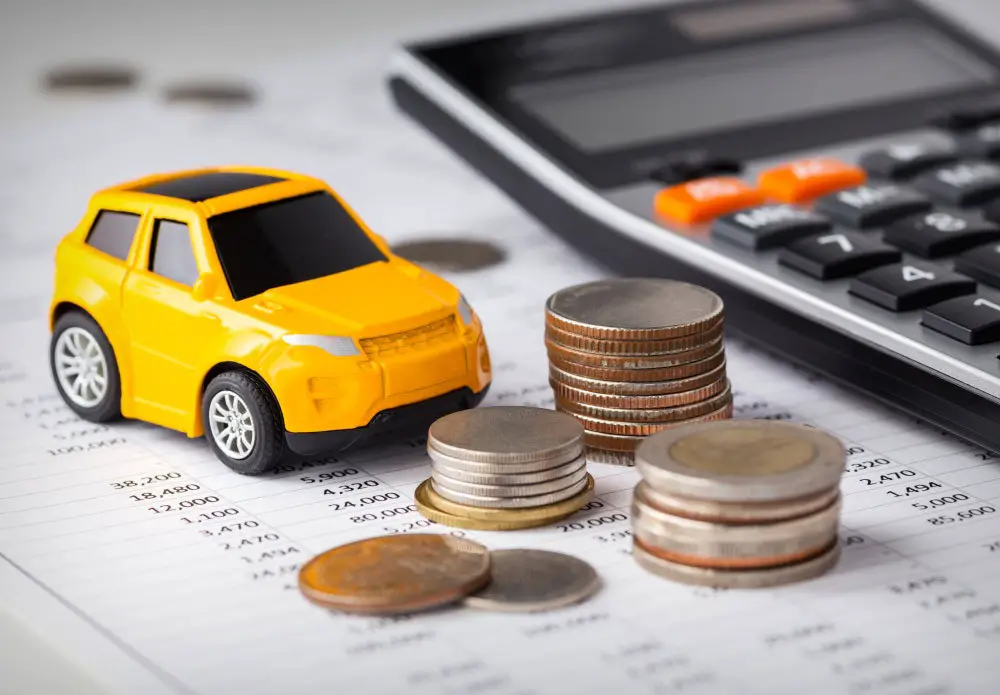
Several factors influence insurance premiums:
Driving Record
Accidents or violations increase premiums due to higher perceived risk.
Vehicle Type
The make, model, and age of the car affect insurance costs. Luxury or high-performance cars often have higher premiums.
Location
Residing in areas prone to accidents, theft, or with higher traffic congestion can lead to increased insurance rates.
Credit Score
Credit scores can impact premiums; better scores may result in lower rates due to perceived financial responsibility.
Understanding these factors allows drivers to make informed decisions, find suitable coverage, and potentially lower insurance costs based on their circumstances.
Tips to Lower Insurance Costs
Saving on insurance requires strategic approaches:
Comparison Shopping
Comparing rates from various insurers helps find the best coverage at competitive prices.
Bundle Policies
Bundling home and auto insurance with the same provider often results in discounted rates.
Safe Driving Habits
Maintaining a clean driving record through safe practices can lead to premium discounts.
Vehicle Safety Features
Vehicles equipped with safety features like anti-theft devices or airbags often qualify for reduced premiums.
Usage-Based Insurance
For low-mileage drivers, pay-as-you-drive insurance offers tailored rates based on actual usage.
Making a Claim and Dealing with Insurers
Navigating claims requires specific steps and effective communication:
Step-by-Step Claim Process
Understanding what to do after an accident and the procedure for filing a claim is essential.
Communicating with Insurers
Tips for effective communication with insurers and comprehending the claim settlement process can expedite the resolution.
Dispute Resolution
Guidance on handling claim disputes or denied claims ensures policyholders understand their options in such scenarios.
FAQs
How often should I shop around for car insurance quotes?
Regularly comparing insurance quotes is beneficial, especially during policy renewal or major life changes like moving, purchasing a new car, or significant changes in your driving habits.
Experts recommend reviewing quotes at least once a year to ensure you have the best coverage at competitive rates.
Will my insurance rates increase after making a claim?
In many cases, filing a claim can result in increased premiums during the renewal period, especially for at-fault accidents. However, the degree of increase can vary based on the severity of the claim, your driving history, and the insurer’s policies.
It’s advisable to weigh the cost of repairs against potential rate hikes before filing a claim.
How do I dispute a claim denial or settlement offer?
If your claim is denied or you disagree with the settlement offered by the insurer, you have the right to dispute it. Start by reviewing your policy to understand coverage details. Document all communications, gather evidence, and present a clear, detailed case to your insurer.
If needed, seek assistance from state insurance regulators or legal counsel for further guidance or mediation.
Wrap Up
Understanding the complexities of car insurance empowers drivers to make informed decisions. From comprehending coverage types to adopting practices that lower costs, this knowledge is invaluable. By learning to navigate claims effectively and maximizing potential savings, drivers can protect themselves and their vehicles efficiently.
Applying these strategies not only ensures adequate coverage but also contributes to a more secure and cost-effective driving experience on the road.

